Mindful In May Encore 2021 | Day 9
Day Nine
TODAY’S MEDITATIONS
Mindfulness Of Breath And Sound with Elise Bialylew
Sound Dreaming Meditation with Vasudha Harte
Vasudha Harte has been working with the healing power of music and sound for over 30 years. A qualified music therapist, music teacher and nada (sound) yoga teacher, she is also a singer-songwriter and multi-instrumentalist. Vasudha facilitates sound healing sessions in northern NSW on the east coast of Australia and performs with eclectic duet Dinkum Bohos locally and nationally.
A meditation for children
Mindful Listening with Susan Kaiser Greenland
Susan Kaiser Greenland is an internationally recognized leader in teaching mindfulness and meditation to children, teens, and families. She played a foundational role in making mindfulness practices developmentally appropriate for young people and helped to pioneer activity-based mindfulness with her first book The Mindful Child. Her second book, Mindful Games, offers simple explanations of complex concepts, methods, and themes while expanding upon her work developing activity-based mindfulness games. In addition, Susan has recorded a series of brief guided meditations for grownups entitled Mindful Parent, Mindful Child.
LISTENING TO THE SILENCE
Today you’ll find a variety of practices all exploring mindfulness of sound. If you have children, don’t miss Susan’s wonderful practice.
Being mindful of sounds is another way of training our attention to be where we want it to be.
Through this practice, we explore how mindfulness can connect us more deeply to the environment around us and to the people in our lives.
Hearing is another one of our senses that we use in mindfulness training.
If you’re new to meditation, you’ll probably find this practice very helpful. New meditators often find it a lot easier to focus on sounds, rather than something more subtle like the breath. Use whatever practices you find most supportive.
However, of course, here, too, we can so easily get sidetracked and lose our focus, going off into mind wanderings.
Again, as with the breath and body practices, we are “aware” in this case of the sounds from near and far. We hear them but we don’t “listen.” What I mean by that is that we are present to the sounds, but we don’t get too interested or involved in a way that will carry our attention off somewhere else to thoughts and stories.
Instead of relating to sounds around us as a distraction from our meditation, I invite you to try using sound as an anchor for your practice. This means that if you’re meditating and, say, your neighbour’s car alarm goes off, this repetitive beeping just becomes part of the meditation. We just notice it without creating judgements or reactions.
When you’re meditating and you hear a sound that grabs your attention, see if you can notice your reaction. If the sound happens to be unpleasant and triggers an emotion such as irritation, practise allowing the irritation to be present – simply noticing this feeling rather than trying to change it.
In this way, mindfulness meditation helps develop our frustration threshold, which in turn helps us find emotional balance. As American novelist and political activist Anne Lamott wisely wrote,
“It’s good to do uncomfortable things. It’s weight training for life.”
The triggers we discover during our meditation practice often reflect where we get easily triggered in life.
If you can relate to feeling that you “can’t stand it” when an unpleasant sound intrudes into your meditation, you could be suffering from what psychologist Albert Ellis called “can’t-stand-it-itis”. If you reflect on your daily life, you may also find that you have a tendency to get easily frustrated when things aren’t quite how you want them to be.
Through mindfulness, you can learn to let go more easily of that which you cannot control and tolerate the constant changes that happen.
stay on track
mark off your daily progress here
[progressally_objectives]
[progressally_progress_pie_chart size=”80″]




DONATE HERE
If you’d like to make a donation and be part of this impact you can still do so right here – every $50 will bring clean water to one person for life!
DONATE NOW
Bonus Interviews
Watch Elise’s conversations with three leading wellbeing experts, Judson Brewer, Kristin Neff and Rick Hanson.
WATCH NOW Back to Mindful in May